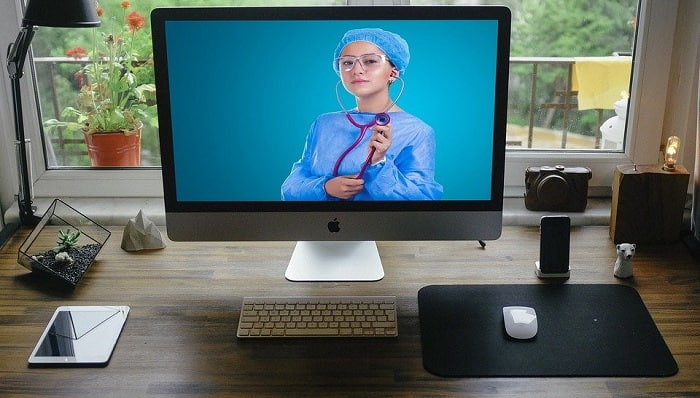Telehealth is the bridge between medicine and technology. It’s the new innovative way to address healthcare professionals with patients all around the world. This service allows the world to collaborate remotely with other medical professionals without the need for travel.
Patient outcomes need to be improved all over. Even more significantly since the COVID-19 pandemic, the world has had to rely on remote communication for most daily functions. With technology at our fingertips, this is how telehealth is revolutionizing the health industry to improve patient care.
Post-Care Follow-Ups
Doctors and patients alike don’t want readmission rates to increase, purely because it’s expensive and displays a negative outcome on the medical facility. With telehealth, hospital readmissions can be reduced due to online availability for doctors to provide post-hospitalization follow-up care. By being in contact with a patient digitally, follow-up appointments can be conducted online to assess treatment. Minor changes or requirements in treatment can be attended to quicker, as the patient isn’t waiting for a doctor to be physically available.
Managing a patient’s medication can also be troublesome if they have memory issues or too many different medications to keep up. They will need assistance, which was previously done by going back to the doctor’s office. Now, patients on short and long-term treatment plans can schedule online visits or group chats to communicate on post-care follow-up.
Increased Engagement
Online social media and blogs have become extremely useful for many businesses, and medical care is no different. With the internet at our fingertips, many doctors have turned to online platforms to increase their engagement with patients. You will now find thousands of doctors willing to provide a diagnosis online as well as support for those in need. Recently, stats that show COVID-19’s impact on the telehealth industry revealed that doctors were more likely to utilize online resources and digital content since the pandemic.
Increased engagement among a patient and doctor is important for the patient’s wellbeing and care. Patients with depression are at risk of not communicating with a medical professional because of the nature of the condition. By allowing immediate online access, they can get the help they need much easier.
Management of Chronic Conditions
Chronic conditions mean that someone needs to be under a treatment plan for the remainder of their life. The issue is that this becomes tiresome and a burden for the patient, but also the doctor. Many chronic illnesses and diseases, once diagnosed, can be managed as an outpatient cases. By having a dedicated medical professional available through email, video chat streams, and social media, patients can manage their conditions better from home.
For patients that are bedridden for days on end, traveling to a doctor may be more difficult. With telehealth services, a patient can obtain routine check-ups with fewer office visits.
With telehealth, there are fewer barriers to the treatment that patients receive and reduced exposure to other hospital germs and diseases. Telehealth is the future in comprehensive treatment planning, management, and execution with online digital availability.




















